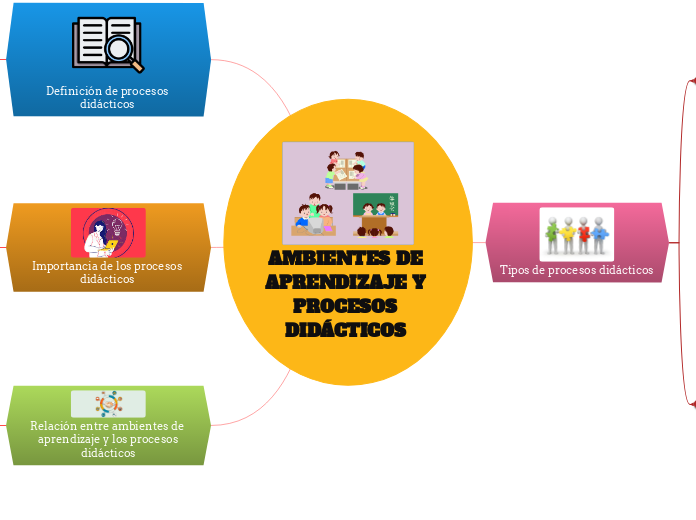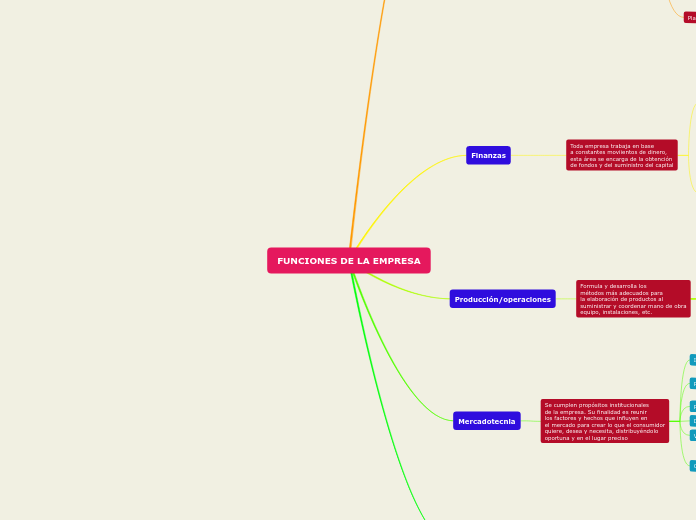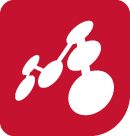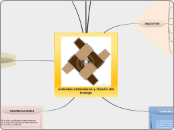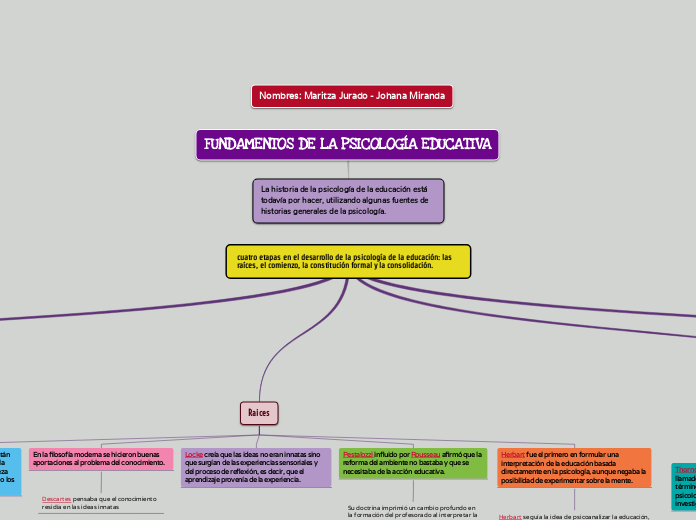AMBIENTES DE APRENDIZAJE Y PROCESOS DIDÁCTICOS
The Solar System is the gravitationally bound system of the Sun and the objects that orbit it, either directly or indirectly. Of the objects that orbit the Sun directly, the largest are the eight planets, with the remainder being smaller objects, the dwarf planets, and small Solar System bodies.
Relación entre ambientes de aprendizaje y los procesos
didácticos
Mars is a cold, desert-like place covered in dust. This dust is made of iron oxides, giving the planet its iconic red hue.
Mars shares similarities with Earth: It is rocky, has mountains, valleys and canyons, and storm systems ranging from localized tornado-like dust devils to planet-engulfing dust storms.
Una planificación cuidadosa e integral de ambos aspectos es esencial para promover experiencias de aprendizaje significativas, estimulantes y adaptadas a las demandas de la sociedad actual.
Los procesos didácticos empleados en el aula influyen en la manera en que se diseñan y se configuran los ambientes de aprendizaje, teniendo en cuenta las necesidades, los estilos de aprendizaje y los objetivos educativos de los estudiantes.
Un ambiente de aprendizaje adecuado proporciona el contexto, los recursos y las condiciones necesarias para la implementación efectiva de los procesos didácticos.
Importancia de los procesos didácticos
Uranus is an oddball. It has clouds made of hydrogen sulfide, the same chemical that makes rotten eggs smell so foul.
It rotates from east to west like Venus. Its tilt causes extreme seasons that last 20-plus years, and the sun beats down on one pole or the other for 84 Earth-years at a time.
Methane in the atmosphere gives Uranus its blue-green tint. It also has 13 sets of faint rings.
León y Gago (2021), defienden la postura de Cerda, et al.,(2017), quienes proponen a los procesos didácticos como mejor gestión del aprendizaje, generador de expectativas y motivación, que van secuenciales a las actividades de enseñanza y aprendizaje.
Por ende debe:
A planet's day is the time it takes the planet to rotate or spin once on its axis.
Write down Uranus's day measured in Earth days.
4. Socializar el aprendizaje buscando el trabajo colaborativo, aprendizaje guiado o cooperativo.
3. Activar el aprendizaje autónomo que conlleva a la autoevaluación y retroalimentación.
2. Manifestar el conocimiento previo y combinarlo con las posibles soluciones que esté programando.
1. Apropiarse de la representación de conceptos para la comprensión del contenido.
Lanz (2003) citado en Soto (2022) afirma: los ambientes de aprendizaje se transforman de acuerdo con las necesidades sociales y se construye a partir de experiencias e interacción áulica.
Por lo tanto, los procesos didácticos deben fomentar:
4. Diseño de secuencias didácticas pertinentes que procuren la comunicación asertiva.
3. Uso adecuado de tiempo y recursos materiales.
2. La retroalimentación debe ser comprensible y mucho más sencilla que la primera explicación.
1. Enseñar a conciencia teniendo en cuenta cómo el alumno aprende.
Definición de procesos didácticos
Neptune is about the size of Uranus and is known for supersonic strong winds.
Neptune is far out and cold.
The planet is more than 30 times as far from the sun as Earth.
Neptune was the first planet predicted to exist by using math, before it was visually detected. Neptune is about 17 times as massive as Earth and has a rocky core.
Según Meneses (2007)
Mantienen una relación consciente y coordinada, es decir, tanto el docente como el alumnado deben tener la predisposición para manejar una situación específica dentro de la enseñanza- aprendizaje.
How long does it take for Neptune to go around the sun?
Según Marqués (2001)
Consisten en brindar facilidades de aprendizaje a los alumnos durante el desarrollo de su formación académica, bajo la guía del docente, es decir, se basa en un intercambio de comunicación asertiva.
A planet's day is the time it takes the planet to rotate or spin once on its axis.
Write down Neptune's day measured in Earth days.
Según Gonzáles (1999)
Es un proceso comunicativo en el que intervienen los docentes como mediadores en todo el cambio, avance y desarrollo que se genere dentro del aula de clases.
Tipos de procesos didácticos
Venus is Earth's twin in size and has no moons.
Its surface has various mountains and volcanoes. Because of its thick, toxic atmosphere that's made of sulfuric acid clouds, Venus is an extreme example of the greenhouse effect. The average temperature on Venus' surface is 900 F (465 C).
Venus spins slowly from east to west, the opposite direction to most of the other planets.
The Greeks believed Venus was two different objects — one in the morning sky and another in the evening. Because it is often brighter than any other object in the sky, Venus has generated many UFO reports.
Por modelos
Retroactivo
una fusión entre el modelo informativo e interactivo
se espera
Que tanto docentes como estudiantes desarrollen preguntas e interactúen entre sí.
Interactivo
el intercambio de ideas y conocimiento entre docente- estudiante y entre pares.
la comunicación es bidireccional
Informativo
A planet's day is the time it takes the planet to rotate or spin once on its axis.
Write down Venus's day measured in Earth days.
es aquel
transmite información
Ejemplos:
Monografías
Exposiciones
Conferencias
Ensayos
Por asignaturas
Sociales
busca
Construir la identidad; convivencia armónica y democrática; administrar bienes y recursos de forma responsable para el bien común.
Toma de decisiones
Analizar la solución más factible a su problemática.
Análisis de información
Buscar y utilizar diversas fuentes de información sobre la problemática planteada.
Problematización
Generar preguntas para desarrollar el interés, análisis y discusión de un tema.
Comunicación
es
participativa, expresiva, lingüística, reflexiva, analítica.
momentos
Después del discurso
Reflexión
Correción
de lo emitido.
Revisión
Durante el discurso
Cierre
Desarrollo
del tema
Inicio
Antes del discurso
Planteamiento del tema
ideas
Propósito
Matemática
Our Solar System has eight “official” planets which orbit the Sun.
Each planet is at a different distance from the sun. Name its position.
es
vivencial, gráfica, simbólica, concreta.
basado en
Relacionar conceptos
Razonamiento lógico
Resolución de problemas
